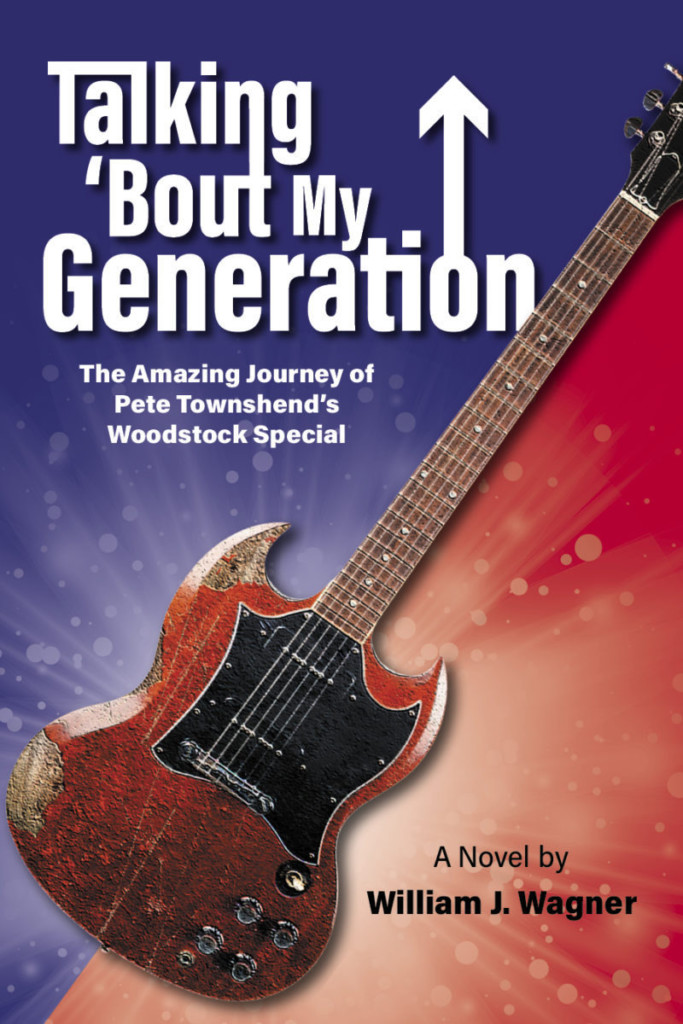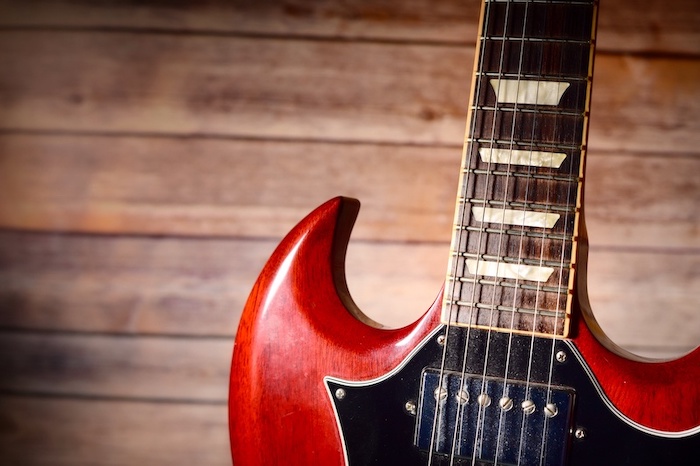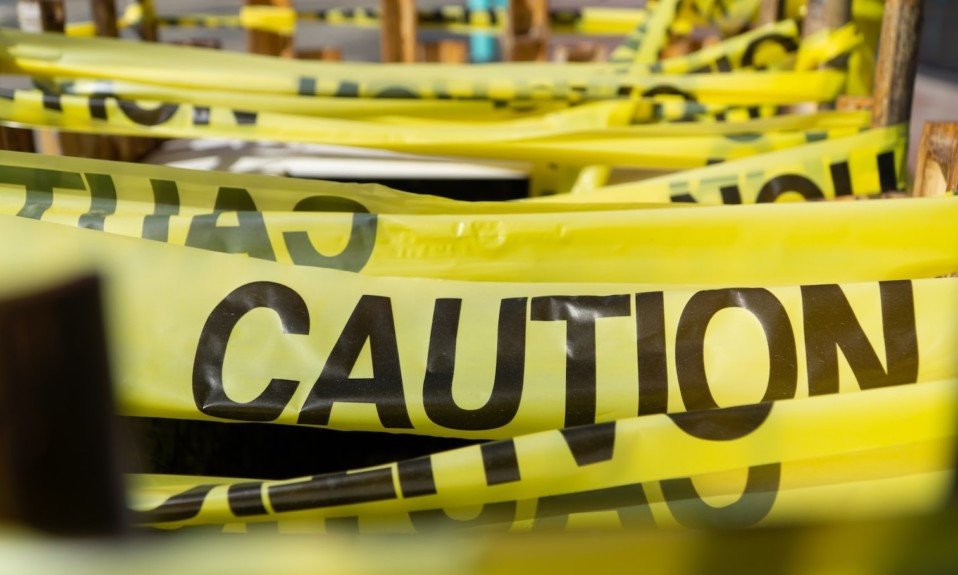For this writer, the Gibson Gives TEMPO program—designed to help curb the overdose epidemic—resonates on several levels
By William Wagner
Hope. It’s what keeps us going, drives us forward. The concept of hope, in fact, is the very essence of TreatmentMagazine.com. Without hope, we’re truly lost, whether we’re dealing with addiction, mental health maladies or even the simple challenges presented by day-to-day life.
Hope can be found in a number of places, including in something you might not expect: a Gibson guitar—metaphorically, anyway. Gibson Gives, the charitable arm of the iconic, Nashville-based guitar-maker Gibson, recently obtained 16,000 doses of Kloxxado to distribute through its program called TEMPO (Training and Empowering Musicians to Prevent Overdose). Produced by the pharmaceutical company Hikma, Kloxxado contains 8mg of the opioid overdose-reversal medication naloxone, as opposed to the 4mg in the commonly used Narcan.
“Synthetic opioids are what are now being produced, and they’re exponentially more potent. When someone is using these [synthetic opioids], their likelihood of overdosing goes up dramatically, and the speed at which they overdose goes up dramatically.”
—David Deyhimy, a physician specializing in addiction and anesthesiology
With the overdose epidemic taking a particularly sinister turn these days, Kloxxado provides a powerful jolt of, well, hope. “Prior to this, most opioid overdoses were due to heroin or [opioid-based] pills like Percocet and OxyContin, or a combination of drugs,” says David Deyhimy, MD, FASAM, a physician who is board-certified in addiction and anesthesiology and is a medical advisor to Hikma. “Synthetic opioids [such as fentanyl] are what are now being produced, and they’re exponentially more potent. When someone is using these [synthetic opioids], their likelihood of overdosing goes up dramatically, and the speed at which they overdose goes up dramatically. What we’re finding is that you need more and more naloxone doses to get someone breathing again. Kloxxado is a double dose.”
A double dose that can mean the difference between life and death. Adds Deyhimy, “We have EMS and first-responder data that shows that 78% of all overdose reversals with Narcan require at least two doses.”
It’s all part of TEMPO’s larger mission, which includes developing a training and educational network that’s capable of saving as many lives as possible. “Our goal with TEMPO has always been to work with an alliance of passionate organizations to increase and administer lifesaving training programs and products and to help decrease opioid overdoses in the music industry,” says Erica Krusen, senior director, cultural influence at Gibson Brands. “To date, TEMPO collectively has been able to train approximately 10,000 individuals, which far exceeds what we initially expected in just under two years. The impact that TEMPO has already been able to make in the music industry in such a short time is astounding, and it fuels our network to continue creating the awareness and mobilization for change.”
Keeping the Faith
The Gibson Gives initiative struck a real chord with me (no pun intended) because I recently published a novel, Talking ’Bout My Generation: The Amazing Journey of Pete Townshend’s Woodstock Special (Eckhartz Press), in which a Gibson SG Special guitar is sort of the protagonist. The premise goes something like this: In real life, Pete Townshend, the guitarist for The Who, gently tossed his Gibson SG Special into the crowd at the end of the band’s set at Woodstock in 1969. The novel is an imagining of what happens to that guitar after it leaves Townshend’s hands. Over three decades, the Special touches the lives of an array of colorful characters. The guitar is a symbol of hope, but will it survive its sometimes harrowing journey?

Indeed, through it all—through life’s travails—the Gibson SG Special somehow does survive. And with it, so does hope. Toward the end of the novel, the narrator says, “The Special had proved to be unexplainably durable, surviving Woodstock and a car crash and Doomsday and lord knows what else. But it was, Dave kept telling himself, merely a block of mahogany. And even if it was something more than wood—something as abstract as an ideal—it didn’t belong to him.”
Which brings us back to the Gibson Gives TEMPO program—a symbol of hope that has become something more. Says Krusen: “We hope to utilize and harness the reach we have within the music industry and far beyond to stimulate awareness and education about the opioid crisis, how naloxone can save countless lives, and to provide resources for counseling and addiction recovery support for opioid users as well as those who have lost loved ones or bandmates.”
Hope. In the case of Talking ’Bout My Generation, it’s about surviving tough times. In the case of Gibson Gives, it’s about TEMPO. Really, the two are one and the same.
Who knew a Gibson guitar could be a source of such faith?
Top photo: Shutterstock














